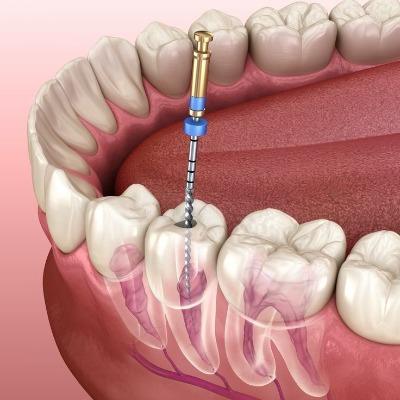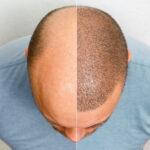
Root depreciation can also sound complex, but understanding is the first step to protecting your smile. This dental situation happens when the structure of a tooth’s root begins to break down. It progresses painlessly and silently in most instances, without pain in early phases. When neglected, it might lead to tooth looseness or even total tooth loss. The information? In the time of modern dentistry, root decay may be diagnosed in its early stage and managed properly.
What Exactly Is Root Depreciation?
In easy terms, root depreciation is the gradual loss of a tooth’s root structure because of the activity of specific cells that dissolve hard tissues. It can occur within the tooth (inner resorption) or outside the root (external resorption).
Although it is normal when baby teeth begin falling out in children, it is a concern when it occurs in permanent teeth. Developmentally, when the root of a person starts to deteriorate, the adults should be analyzed and treated earlier at a tender age, so that they can save their natural teeth.
Main Causes You Should Know
Several elements can trigger root depreciation. The most common include:
- Orthodontic pressure:
Braces or aligners are transferring the tooth too quickly.
- Dental trauma:
Accidents or injuries affecting the tooth and surrounding structures.
- Chronic infection:
Long-term infections of the gum or teeth can cause tissue damage.
- Impacted teeth:
Wisdom teeth or other teeth exert constant pressure.
- Inflammation:
Resulting from untreated cavities or gum disease.
In a few cases, the cause remains unknown. This makes regular dental check-ups crucial, as dentists can identify changes earlier than signs appear.
Symptoms That Shouldn’t Be Ignored
Root depreciation can also expand without caution; however, specific symptoms have to prompt a direct dental visit:
- Pink or reddish spots are visible on the tooth floor.
- Sudden tooth sensitivity without apparent cause.
- Swelling or tenderness in the gums.
- Noticeable changes in teeth shape or length.
These symptoms indicate that structural changes are already taking place. Early motion can save you from further damage.
How Dentists Diagnose It
Dentists use virtual X-rays and 3D imaging scans to detect root decay. These diagnostic tools can monitor modifications deep inside the tooth structure, even before symptoms appear.
According to Dr. Usama Hayat Ghauri, ordinary imaging is one of the most dependable approaches to identify root depreciation early. This permits dentists to intervene before severe harm occurs, helping patients maintain their natural teeth.
Modern Treatment Offered at Enfield Royal Clinic
Treatment for root depreciation depends on whether it’s far inner or external, as well as its severity. At Enfield Royal Clinic Islamabad, professionals use advanced strategies to stop the situation and restore dental stability.
Endodontic Therapy
For inner root depreciation, a root canal is usually the favoured choice. The method removes the damaged pulp, cleans the affected area, and seals it to prevent further tissue breakdown.
Surgical Intervention
If resorption is outside, a minor surgical operation may be carried out. This involves removing the damaged tissue and rebuilding the affected root surface.
Orthodontic Adjustment
When orthodontic treatment is the purpose, changes may be made to slow tooth movement and to reduce root strain.
Restorations and Crowns
Weakened teeth can be restored with crowns, fillings, or different strengthening substances to enhance the function and aesthetics.
Preventing Root Depreciation
- Maintain good oral hygiene at least twice a day.
- Seek the services of a dentist every 12 months.
- Follow orthodontic guidance at some stage in braces or aligner treatment.
- Address dental injuries without delay.
- Don’t chew complex substances such as ice, a pen, or fingernails.
Why Early Action Matters
Root depreciation is much easier to control in its early stages. As Dr. Usama Hayat Ghauri explains, “Delaying treatment best reduces the available options and increases the risk of teeth loss.” Acting speedily can mean the difference between saving your tooth and requiring an extraction.
Modern dentistry gives more than one answer to stop resorption and restore your smile. The quicker you are trying to find professional help, the better your long-term dental health will be.
Book Your Consultation Today
If you observe root depreciation or notice uncommon changes to your teeth, don’t wait. Book an appointment with the experts at Enfield Royal Clinic Islamabad and take the first step closer to protecting your smile.
With advanced diagnostic tools, experienced professionals, and customised treatment plans, you may manage root depreciation earlier than it turns into a severe condition.




